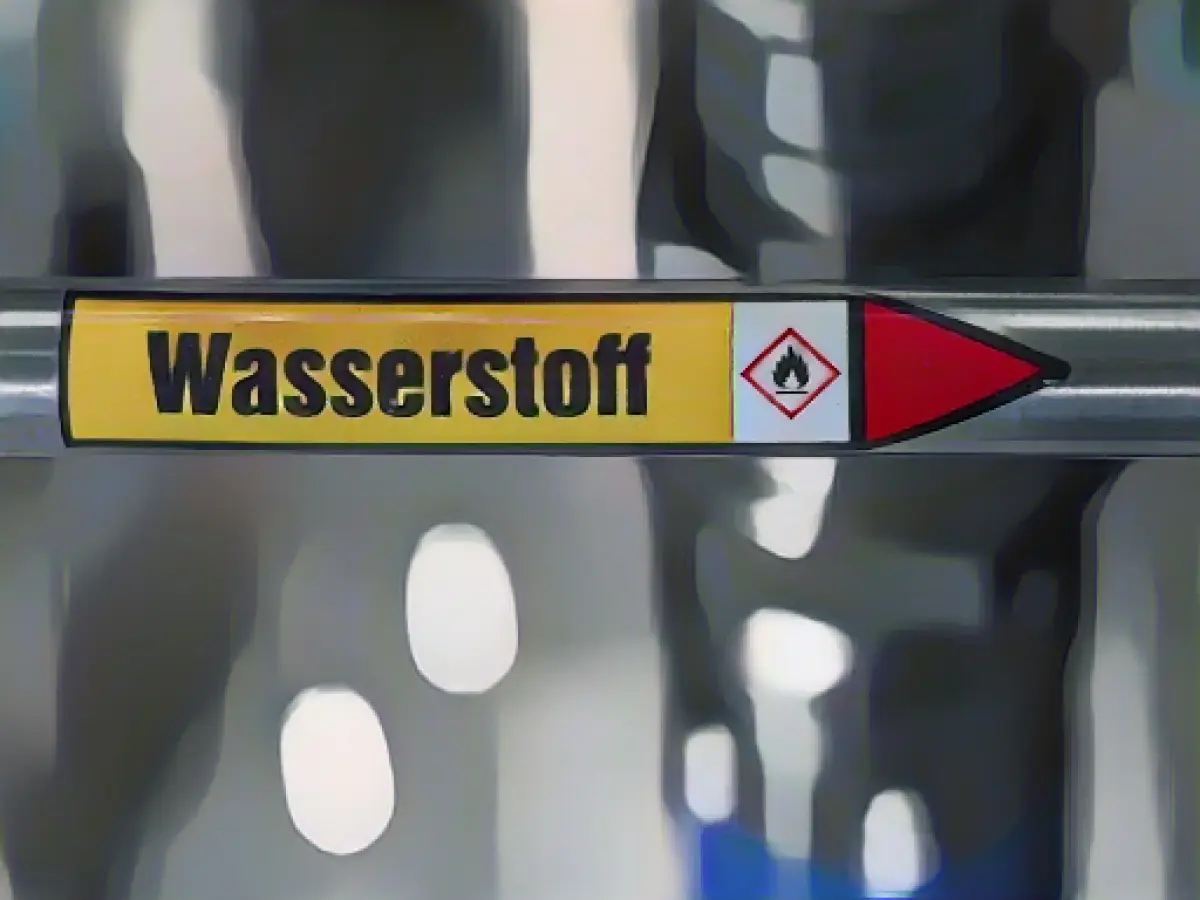Green hydrogen: more and more electrolyzers planned
More and more electrolysers for green hydrogen are being planned in Germany. While the total generation capacity planned by 2030 was 8.1 gigawatts in February, it had risen to 8.7 gigawatts by August. This is according to the new hydrogen balance sheet from energy company Eon, which was presented in Essen on Wednesday. According to the report, 33 electrolysers with an installed capacity of 62 megawatts are currently in operation. By 2030, the analysis comes to 111 plants (February: 88) with a total output of 8,712 megawatts. However, it remains to be seen whether the planned plants will actually be built.
The German government's goal is to have at least 10 gigawatts of electrolysis capacity installed in Germany by 2030. Alongside green electricity, climate-neutral hydrogen is set to play a key role in the transformation of the economy towards greenhouse gas neutrality. The H2 balance sheet is based on data from the Institute of Energy Economics at the University of Cologne (EWI).
Gabriël Clemens, Managing Director of Eon Hydrogen, said that there are various instruments available to accelerate the ramp-up of the hydrogen economy and referred to a corresponding study by the consultancy firm Frontier Economics. In this context, Clemens emphasized the possibility of a so-called green gas quota, which has already been discussed. This would oblige gas suppliers to sell an increasing proportion of climate-neutral gases such as hydrogen or biomethane.
According to the manager, the argument in favor of such a quota is that it could be implemented without the use of direct public funds. It would also enable a predictable ramp-up of green gases. However, there is a risk that not enough hydrogen will be available or that it will only be available at extremely high prices. Additional costs are also to be expected, which customers would have to pay. "And if these customers are subsequently in international competition and then have to be supported, we would still be back to the need for subsidies via another channel."
Utilizing alternative energy sources, the German government aims to increase the usage of climate-neutral hydrogen in place of traditional gases like gas. To achieve this, the government has set a goal of installing at least 10 gigawatts of electrolysis capacity by 2030. Furthermore, the discussion about implementing a green gas quota has arisen, which would obligate gas suppliers to sell an increasing proportion of climate-neutral gases, such as hydrogen or biomethane.
Source: www.dpa.com








